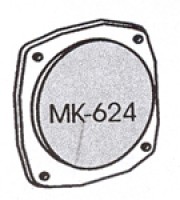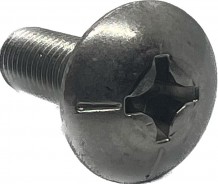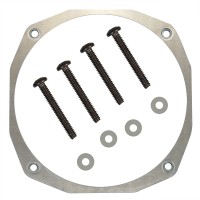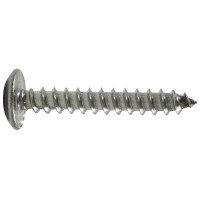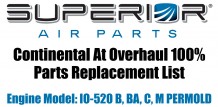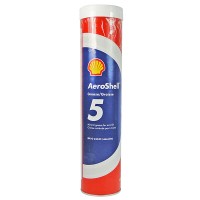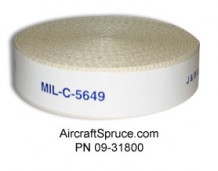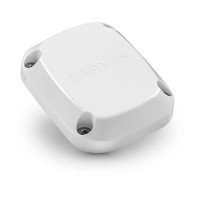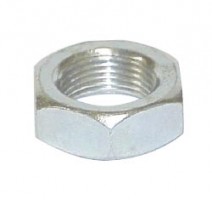Easa Part 66 Module 13 B2 - Aircraft Structures & Systems For Avionics Maintenance
MFR Model# ACT710
Overview
|
Module 13 is the core curricula for EASA B2 and any other high quality avionics program. All previous modules may be considered the background information needed to understand the operation and maintenance requirements of the actual components and systems discussed here. You will immediately notice that this book does not limit itself to just the electronics, communications, and navigation systems that are typically thought of as the extent of an avionics program. You may ask why an avionics engineer needs to know about hydraulic actuators or landing gear construction. The answer is that in today’s aircraft, every system is connected to every other and nearly every system has some sort of electronic interface. Today, even landing gear are computerized, as is the simple refueling of aircraft on the ground. Thus if you are to consider and diagnose the electronic functions of gear retraction, you need to know the basic physical operation of the gear itself. That knowledge begins in this module. It is then expanded by maintenance data provided by the aeroplane manufacturer and the approvals of the various civil aviation competent authorities.
This book is completely aligned to EASA Part 66 Appendix A and written to the extent typically taught during a 2400 hour program at an approved EASA Part 147 school |
WARNING: Cancer and Reproductive Harm - www.P65Warnings.ca.gov. |
Table of Contents
11.1 Theory of Flight- airplane aerodynamics and flight controls; high speed flight; rotary wing aerodynamics.
- fundamentals of structural systems; zonal and station identification systems; electrical bonding, lightening strike protection.
- fundamentals of automatic flight controls; command signal processing; modes of operation; yaw dampeners; stability augmentation systems; automatic trim control; autopilot navigation aid interface; autothrottle control; automatic landing systems.
- working principles of the following systems:
- very high frequency (VHF) communications
- high frequency (HF) communications
- audio
- emergency locator transmitters
- cockpit voice recorder
- very high frequency omnidirectional range (VOR)
- automatic direction finding (ADF)
- instrument landing system (ILS)
- microwave landing system (MLS)
- flight director systems
- distance measuring equipment (DME)
- very low frequency and hyperbolic navigation (VLF/Omega)
- Doppler navigation
- area navigation, RNAV systems
- flight management systems
- global positioning systems (GPS)
- global navigation satellite systems (GNSS)
- inertial navigation systems
- air traffic control transponder, secondary surveillance radar
- traffic alert and collision avoidance systems (TCAS)
- weather avoidance radar
- radio altimeter
- ARINC communication and reporting
- Batteries; DC and AC power generation; emergency power generation; voltage regulation; power distribution; inverters, transformers, rectifiers; circuit protection; external ground power.
- Batteries; DC and AC power generation; emergency power generation; voltage regulation; power distribution; inverters, transformers, rectifiers; circuit protection; external ground power.
- Primary controls - aileron, elevator, rudder, spoiler; trim control; active load control; high lift devices; lift dump and speed brakes; system operation - manual, hydraulic, pneumatic, artificial feel - yaw damper, Mach trim, rudder limiter, gust lock systems; stall protection; system operation - electrical fly-by-wire.
- classification
- atmosphere
- terminology
- pressure measuring devices and systems
- pitot-static systems
- altimeters
- vertical speed indicators
- airspeed indicators
- machmeters
- altitude reporting and alert systems
- air data computers
- instrument pneumatic systems
- direct reading pressure and temperature gauges
- temperature indicating systems
- fuel quantity indicating systems
- gyroscopic principles
- artificial horizon
- slip indicators
- directional gyros
- ground proximity warning systems
- compass systems
- flight data recording systems
- electronic flight instruments
- instrument warning systems and centralized warning panels
- stall warning and angle of attack indicating systems
- vibration measurement and indication
- glass cockpit
- external navigation, anti-collision, landing, taxiing, ice; internal cabin, cockpit, cargo; emergency.
- central maintenance computers, data loading system; electronic library system; printing; structure monitoring.
- air supply; air conditioning; pressurization; cabin pressure controllers; safety and warning devices.
- fire and smoke detection and warning systems; fire extinguishing systems; system tests; portable fire extinguishers.
- system layout; fuel tanks; supply systems; dumping, venting, draining; cross feed and transfer; indications and warning; refueling and defueling; longitudinal balance.
- system layout; hydraulic fluids; reservoirs and accumulators; pressure generation; emergency pressure generation; filters; pressure control; power distribution; indication systems; interface with other systems.
- ice formation, classification and detection; anti-icing systems - electrical, hot air, and chemical; de-icing systems,- electrical, hot air, pneumatic, chemical; rain repellent; probe and drain heating; wiper systems.
- construction; shock absorbing; extension and retraction systems; indications and warning; wheels, brakes, antiskid, and autobraking; tires; steering; air-ground sensing.
- system layout - cockpit and cabin; sources, storage, charging, and distribution; supply regulation; indication and warning.
- system layout; sources - engine/APU, compressors, reservoirs, ground supply; pressure control; distribution; indications and warning; interface with other systems.
- system layout, supply, distribution, servicing and draining; toilet system layout, flushing and servicing.
- integrated modular avionic (IMA) modules including bleed management, air pressure control, ventilation control, avionics and cockpit ventilation, temperature control, air traffic communications, avionics communication router, electrical load management, circuit breaker monitoring, electrical system BITE, fuel management, braking control, steering control, oleo pressure, gear retraction, etc; tire pressure indication, brake temperature monitoring, core system network components.
- intercommunication data system, cabin network system, cabin core systems; in-flight entertainment; external communications; cabin mass memory system; cabin monitoring systems; miscellaneous cabin systems
- aircraft general information system; flight deck information system; maintenance information system; cabin information system; miscellaneous information systems.
Specifications
- Publisher: Aircraft Technical Book Co.
- ISBN-13: 9781941144183
- Copyright Date: 2019
- Edition: 2ND
- Pages: 685
- Binding: Paperback
- Dimensions: 11.0" x 8.5"
- Book Weight: 1.0lbs
Version Types
Softcover Book - Printed book with heavyweight cover stock.
Q&A
Please note, Aircraft Spruce's personnel are not certified aircraft mechanics and can only provide general support and ideas, which should not be relied upon or implemented in lieu of consulting an A&P or other qualified technician. Aircraft Spruce assumes no responsibility or liability for any issue or problem which may arise from any repair, modification or other work done from this knowledge base. Any product eligibility information provided here is based on general application guides and we recommend always referring to your specific aircraft parts manual, the parts manufacturer or consulting with a qualified mechanic.


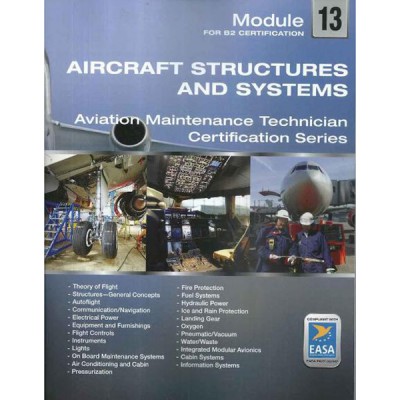





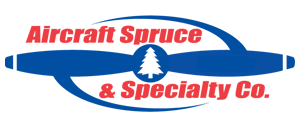 FREE Shipping
FREE Shipping
